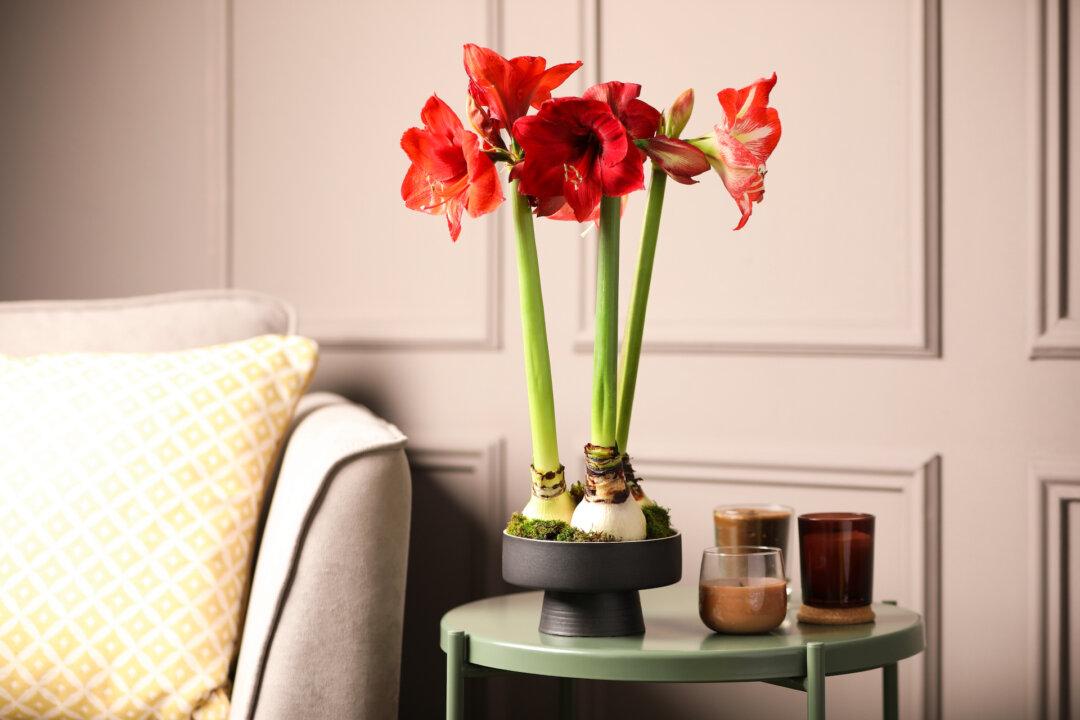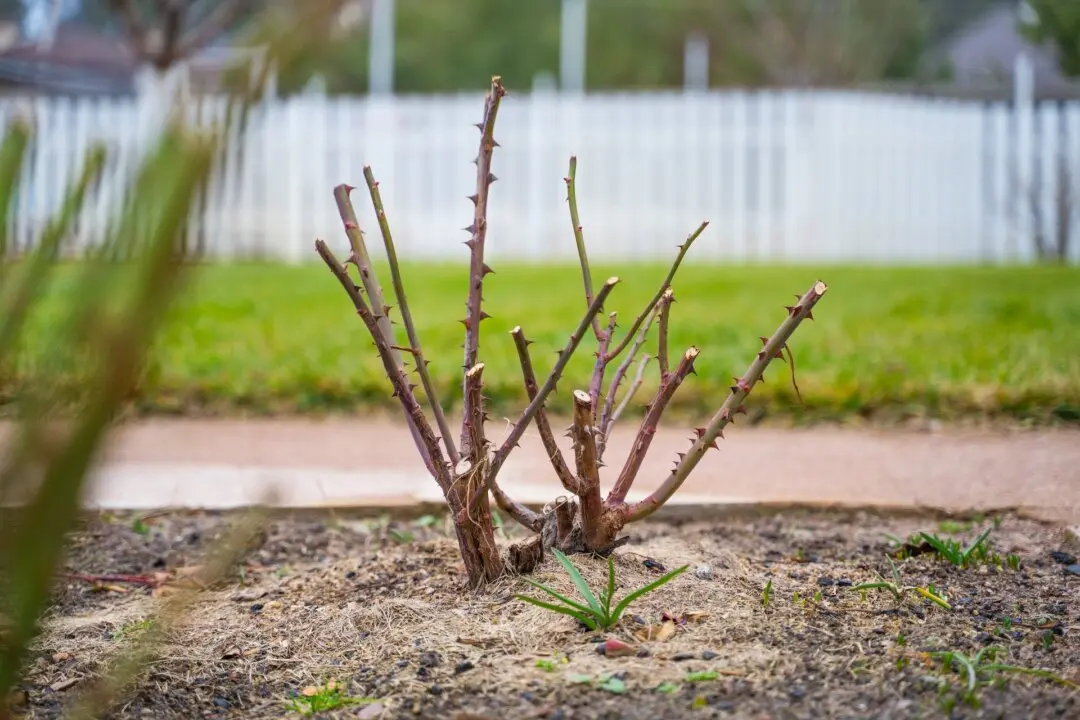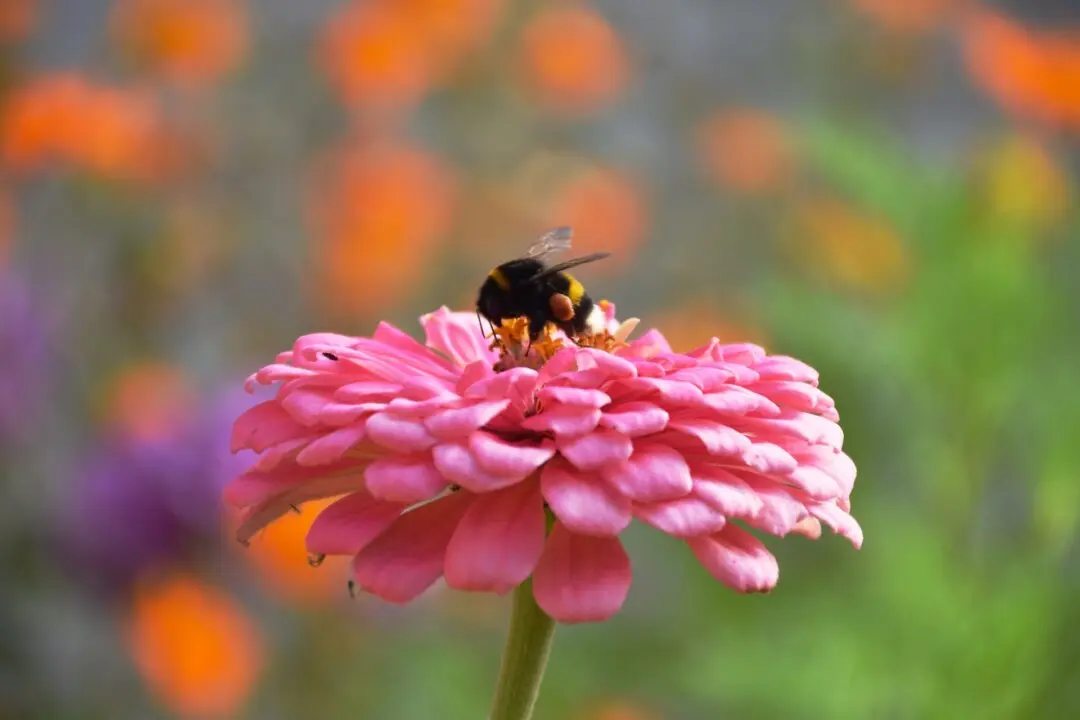Q: My amaryllis bulbs bloomed nicely, but now the leaves are breaking off. There are red spots on the leaves and on the sides of the bulb. The red spots are even on bulbs that had white flowers, so I would not expect red coloring on the leaves or bulb. What could be causing this?
A: You are accurately describing a fungus disease called red blotch. It used to be listed as Stagonospora curtisii, but it is now listed as Peyronellaea curtisii. This disease can also affect daffodils, snowdrops, crinums, and other bulb plants in the landscape or being grown in pots.





